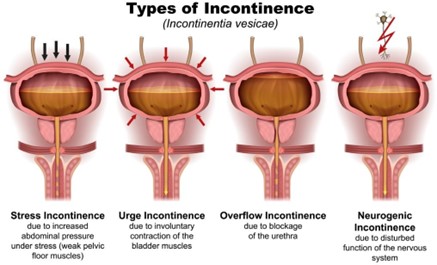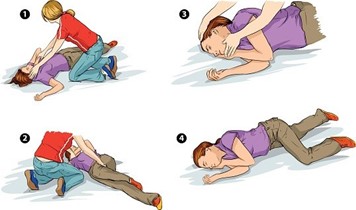A nurse is teaching a class about the steps of the inflammatory response. The nurse should include that which of the following is the first step in the inflammatory response?
Inflammatory cells are activated
Release of inflammatory markers, such as C-reactive protein
Inflammatory pathways are triggered
Recognition of harmful stimuli by patern receptors on cell surfaces
The Correct Answer is D
The first step in the inflammatory response is the recognition of harmful stimuli by pattern recognition receptors (PRRs) on the surfaces of various cells, including immune cells and non-immune cells. PRRs recognize specific patterns associated with pathogens, damage-associated molecular patterns (DAMPs), and pathogen-associated molecular patterns (PAMPs), among others. This recognition leads to the activation of signaling pathways that promote the recruitment and activation of immune cells and the release of inflammatory mediators, such as cytokines and chemokines.
Once the PRRs recognize the harmful stimuli, inflammatory cells are activated, including neutrophils, macrophages, and dendritic cells. These cells then release inflammatory markers, such as C-reactive protein, which promote the recruitment and activation of more immune cells and further amplify the inflammatory response. Inflammatory pathways are also triggered, leading to the production of various inflammatory mediators and the activation of transcription factors that regulate the expression of genes involved in the inflammatory response.

Nursing Test Bank
Naxlex Comprehensive Predictor Exams
Related Questions
Correct Answer is C
Explanation
Urinary incontinence can lead to skin irritation and breakdown if the skin is not properly cleaned 1. Using a pH-balanced cleanser can help maintain the skin’s natural acidity and prevent irritation.

Correct Answer is B
Explanation
When someone is having a seizure, it is important to protect their head from injury. One way to do this is by placing something soft and flat, like a folded jacket or towel, under their head1. It is also important to stay with the person until the seizure ends and they are fully awake, and to help them sit in a safe place after it ends1

Whether you are a student looking to ace your exams or a practicing nurse seeking to enhance your expertise , our nursing education contents will empower you with the confidence and competence to make a difference in the lives of patients and become a respected leader in the healthcare field.
Visit Naxlex, invest in your future and unlock endless possibilities with our unparalleled nursing education contents today
Report Wrong Answer on the Current Question
Do you disagree with the answer? If yes, what is your expected answer? Explain.
Kindly be descriptive with the issue you are facing.
